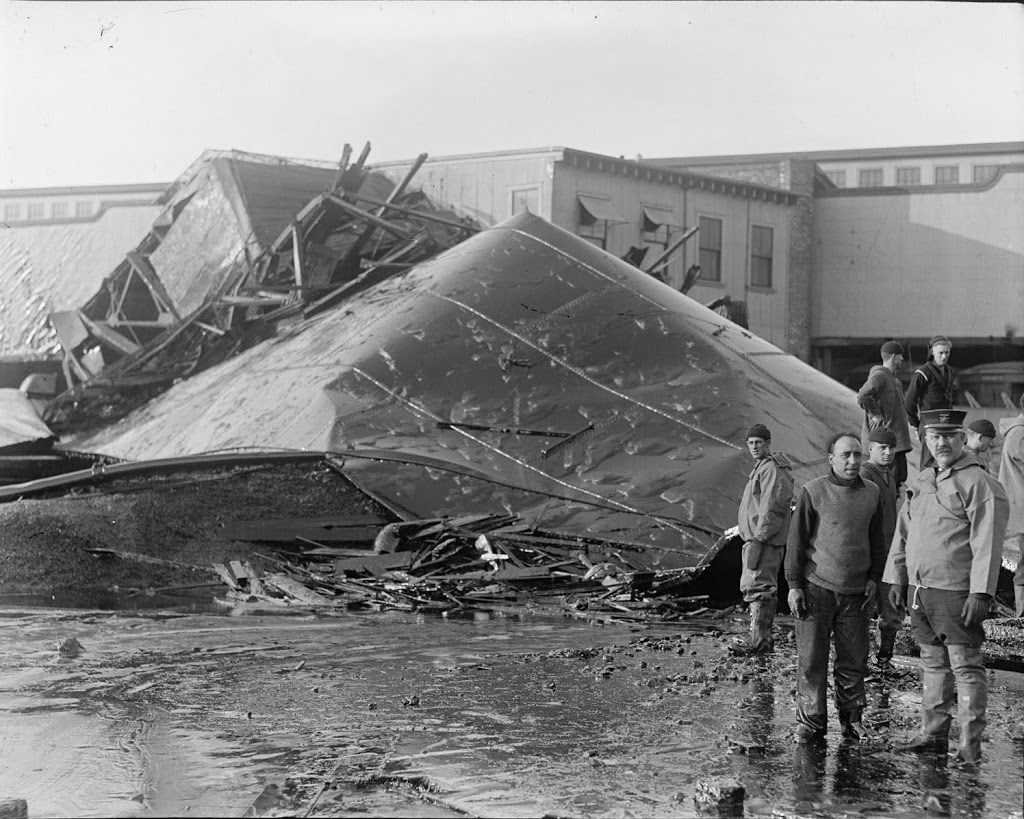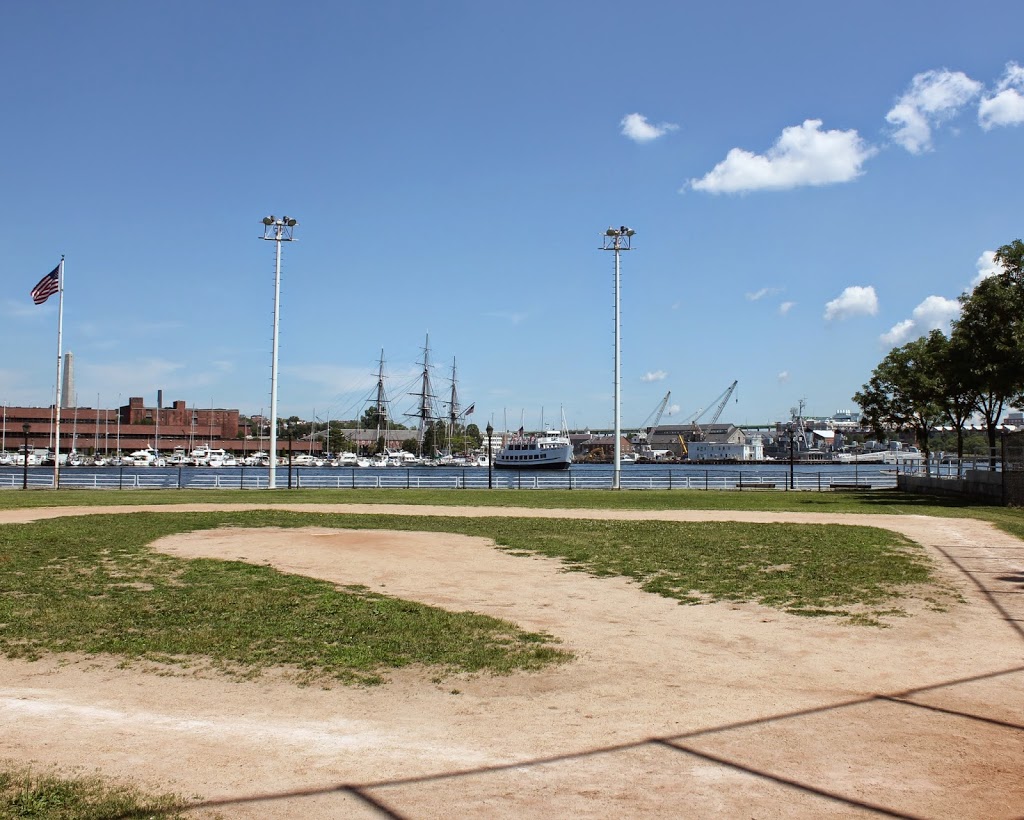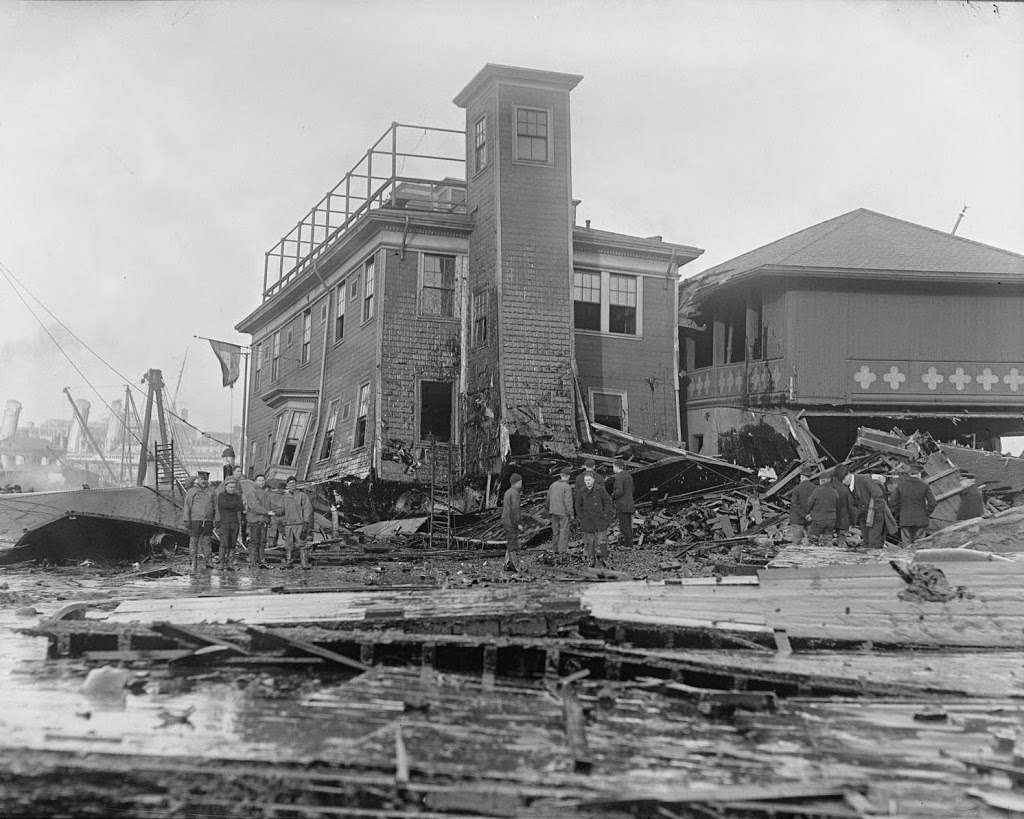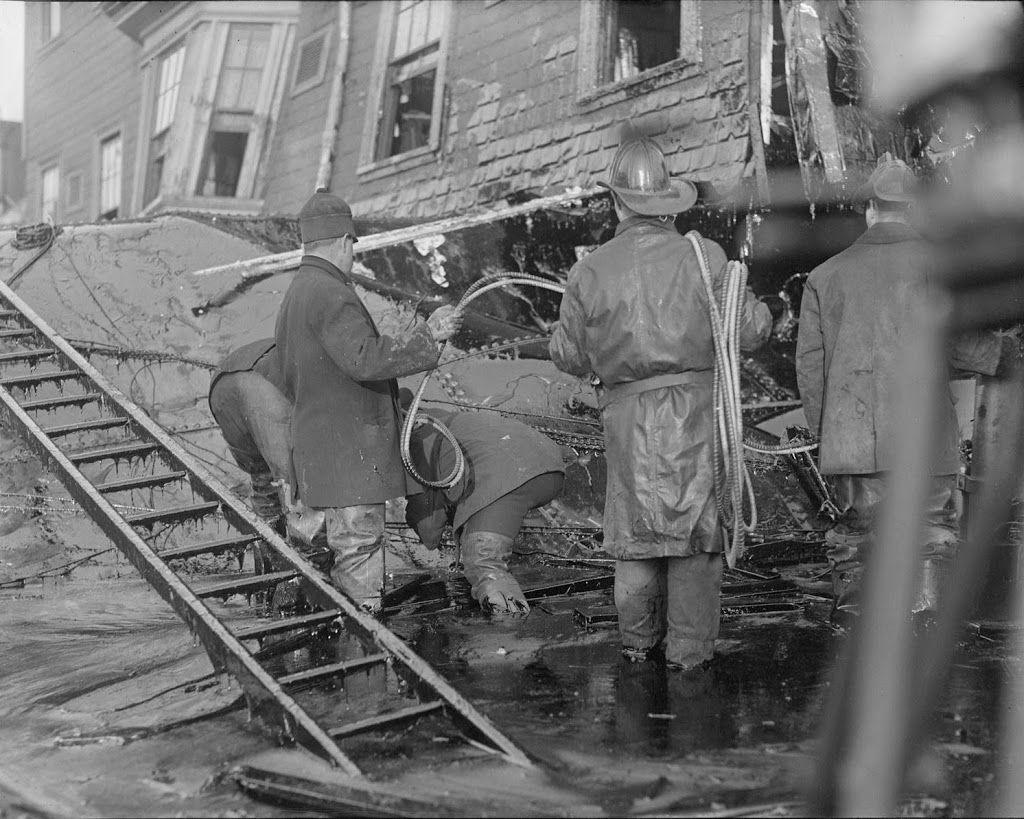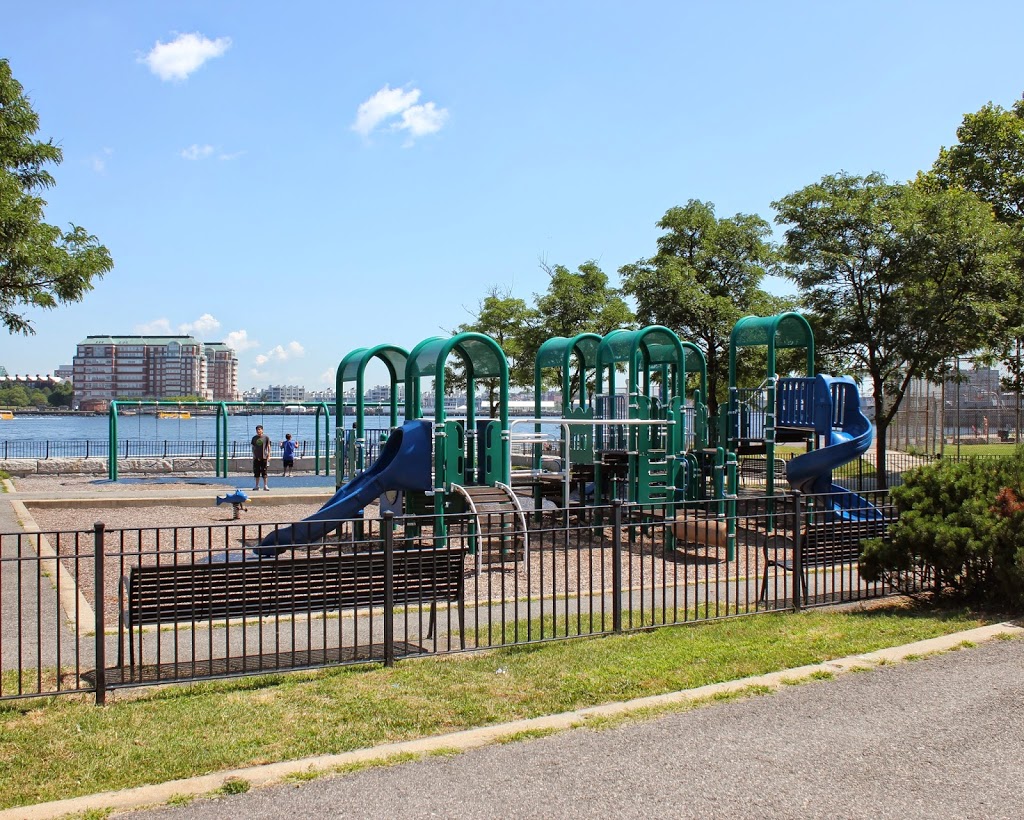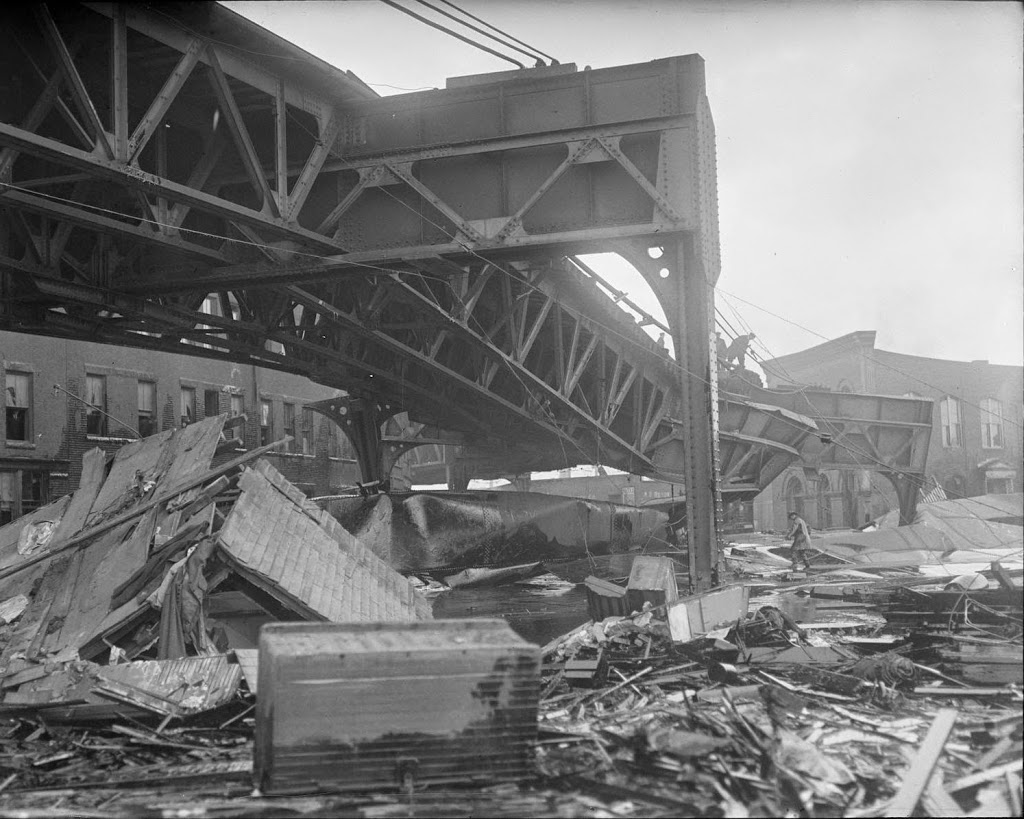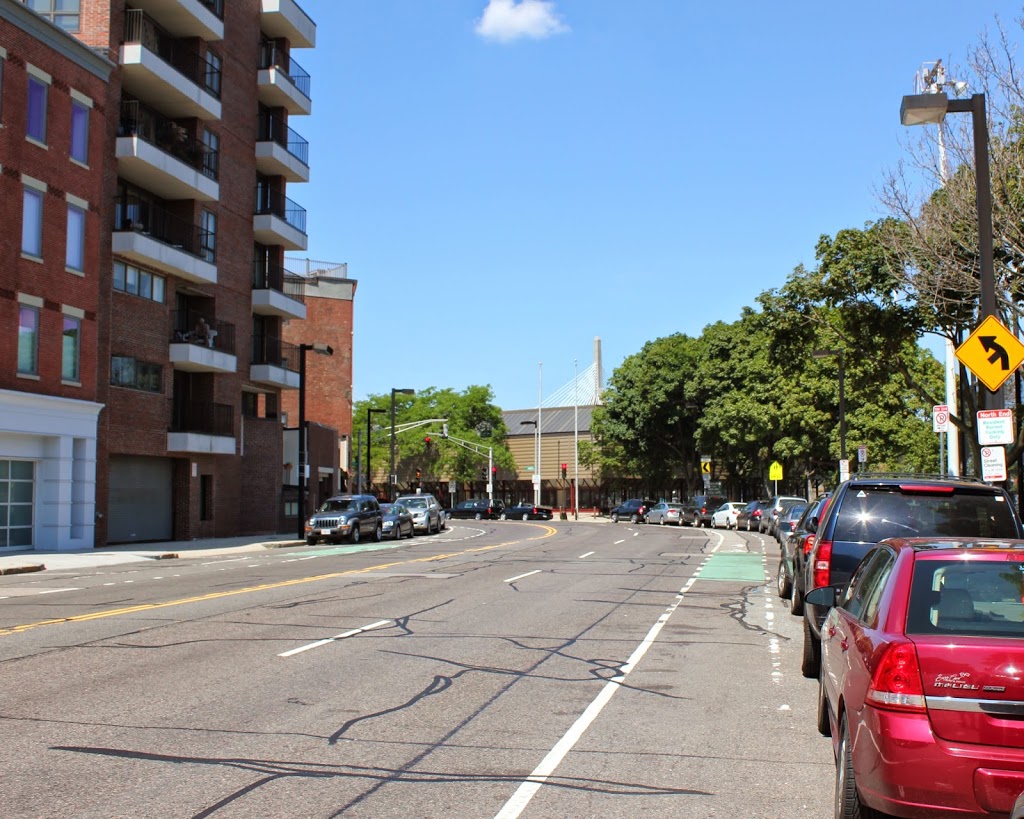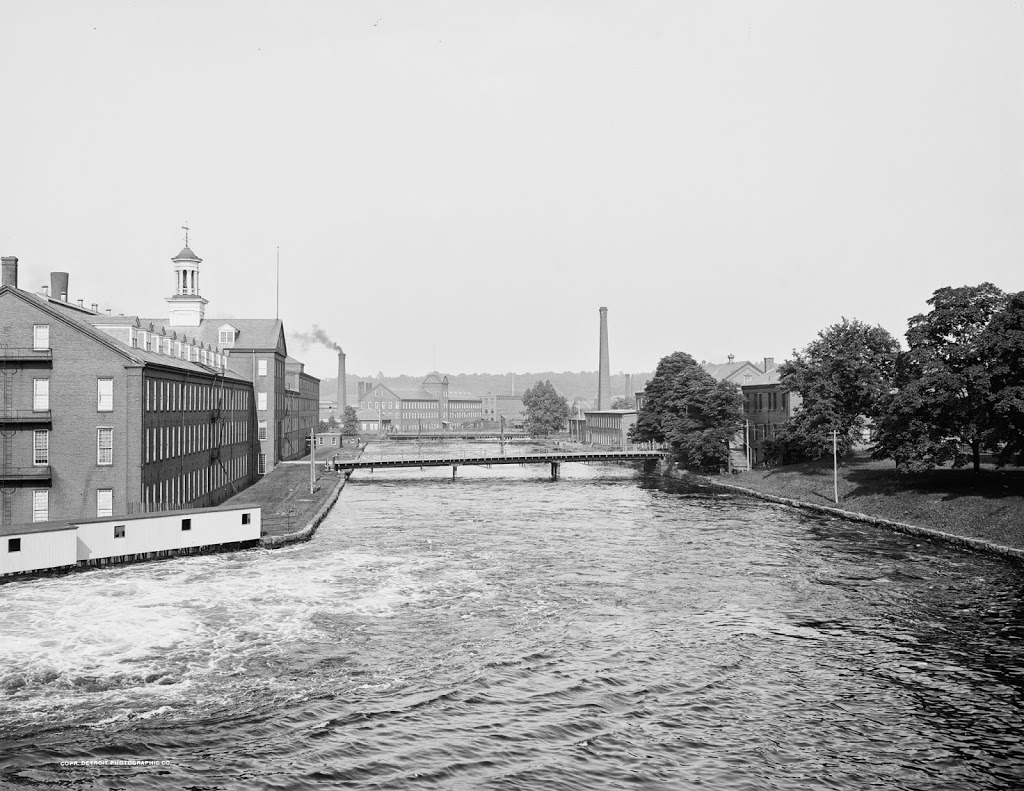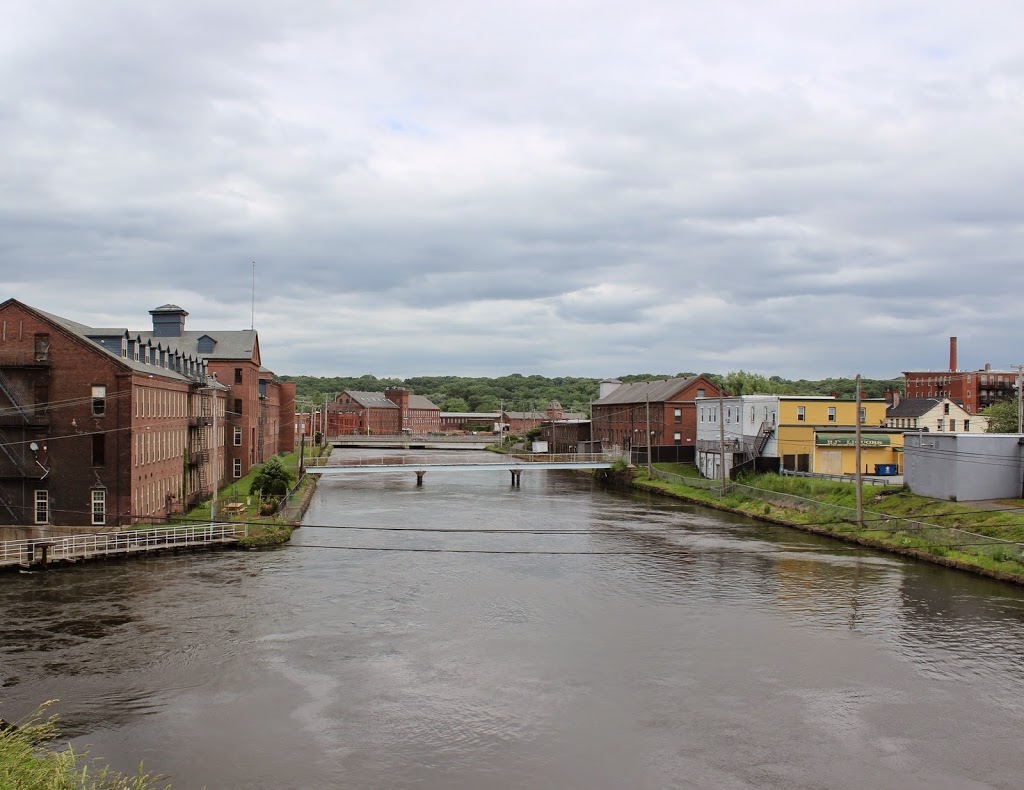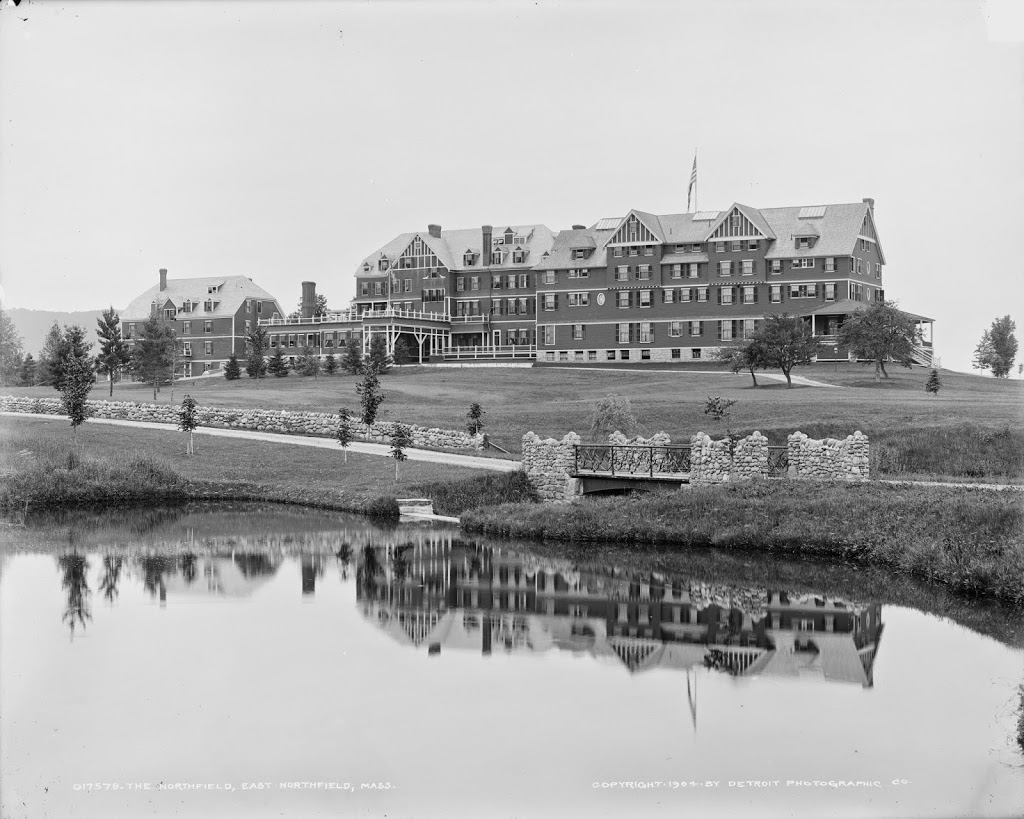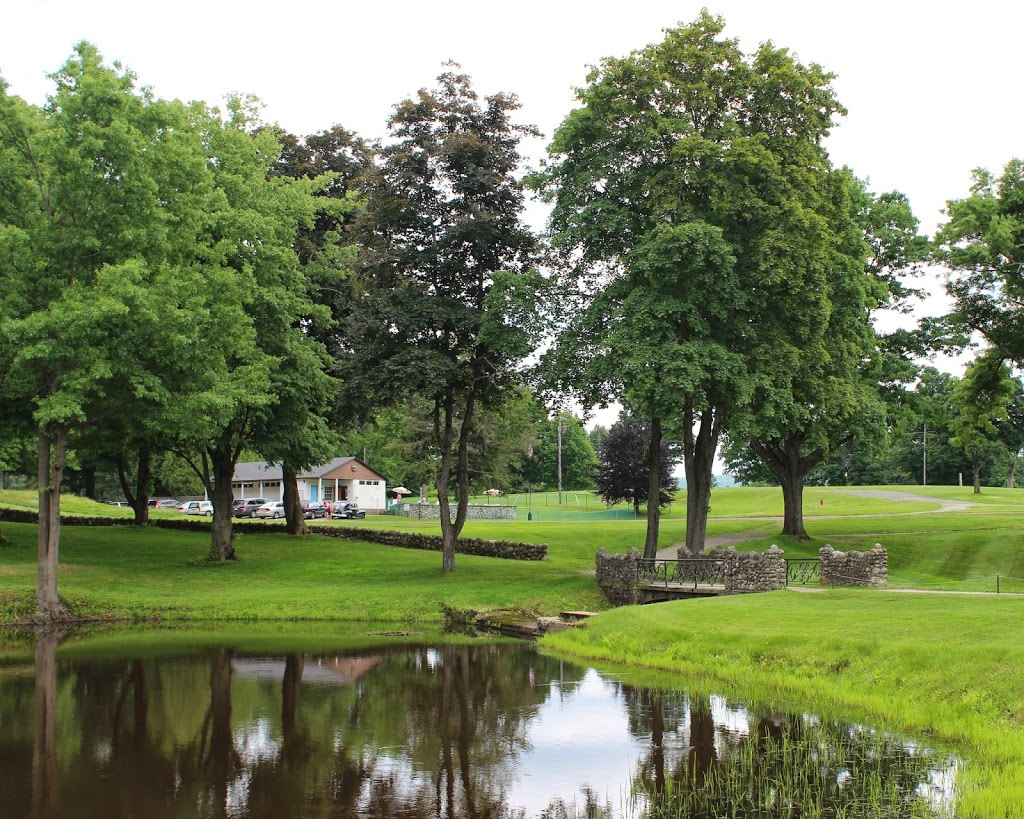The remains of the molasses storage tank following the Boston Molasses Disaster in 1919. Image courtesy of the Boston Public Library.
The same view in 2014:
The storage tank that was responsible for the January 15, 1919 Boston Molasses Disaster had been hastily constructed in 1915. At the time, World War I was ongoing in Europe, and although the United States remained officially neutral, American companies were supplying munitions and other items to Europe. One important product was industrial alcohol, and the increased demand led the Purity Distilling Company to quickly build a 50 foot tall and 90 foot diameter tank to store molasses, which would later be transported and distilled into alcohol.
The tank was known for its frequent leaks, but the company’s response was to paint it brown to camouflage the molasses that dripped down the side. Often, residents would help themselves to some of the leaking sweetener, likely unaware of the danger that the tank posed. However, on January 15, 1919, the tank burst, likely due to the internal pressure caused by the fermentation of the molasses, along with the rapid rise in air temperature from the previous day.
The resulting flood created a 25-foot wave that killed 21 people, injured around 150, and caused extensive property damage. Today, the area has been redeveloped as a park, with the actual location of the tank being approximately where this baseball diamond is located today, at what is now known as Langone Park. Notice the Charlestown waterfront in the distance, including the masts of the USS Constitution.

